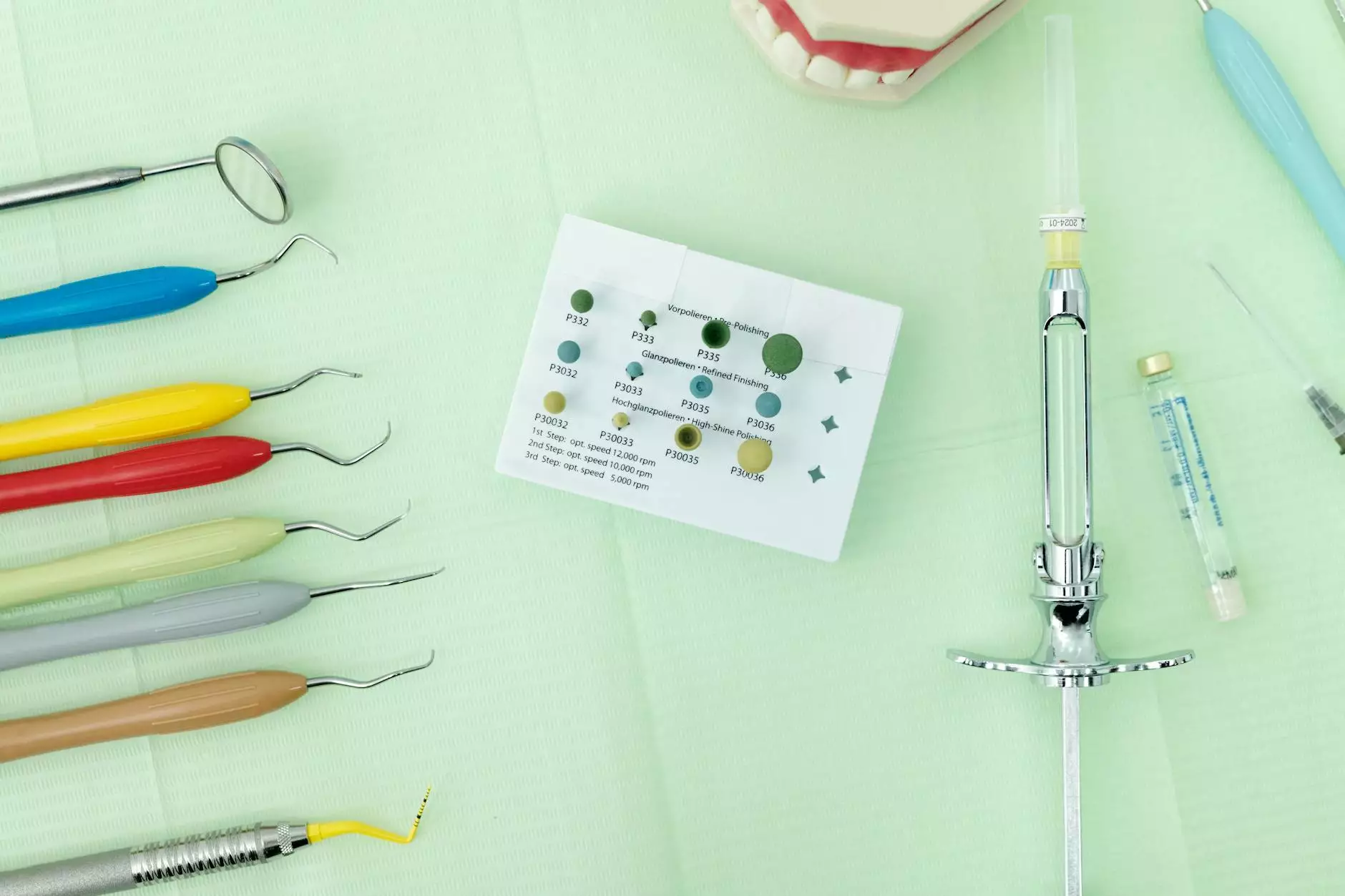Understanding Lap Surgery for Endometriosis

Endometriosis is a chronic and often painful condition that affects millions of women worldwide. It occurs when tissue similar to the lining of the uterus grows outside the uterus, leading to a host of issues including severe pelvic pain, infertility, and other complications. While there are multiple treatment options available, laparoscopic surgery, or lap surgery for endometriosis, has emerged as one of the most effective methods for managing this condition.
What is Laparoscopic Surgery?
Laparoscopic surgery is a minimally invasive surgical technique that allows doctors to access the internal organs through small incisions rather than the traditional larger cuts associated with open surgery. This method involves the use of a laparoscope—a thin tube with a camera—along with specialized instruments to remove or destroy endometrial tissue. The advantages of this technique make it an appealing option for many women suffering from endometriosis.
Benefits of Lap Surgery for Endometriosis
- Minimized Recovery Time: Due to the minimal nature of the incisions, patients often experience a quicker recovery than with open surgery. Many can return to normal activities within a few days.
- Less Pain: Patients generally report experiencing less postoperative pain, which means lower reliance on pain medications.
- Reduced Scarring: The small incisions result in minimal scarring, which can be a significant consideration for many women.
- Improved Visualization: The laparoscope provides excellent visualization of the pelvic organs, helping surgeons identify and treat endometrial tissue more effectively.
- Enhanced Fertility Potential: By removing or reducing endometrial growths, lap surgery can improve the chances of conception for women facing infertility due to endometriosis.
Indications for Laparoscopic Surgery
Not all cases of endometriosis require surgical intervention. However, lap surgery for endometriosis is typically considered in the following situations:
- Severe Pain: When chronic pelvic pain persists despite medical treatment, surgery may be warranted.
- Infertility Issues: If endometriosis is diagnosed as a cause of infertility, surgical management can be an option.
- Preparation for Assisted Reproductive Technologies: Women wishing to undergo IVF may benefit from lap surgery to enhance uterine health.
- When Other Treatments Fail: If hormonal treatments and pain management strategies are ineffective, surgery may be necessary.
The Laparoscopic Surgery Procedure
The surgical process is designed to be efficient while minimizing discomfort for the patient. Here’s a closer look at what to expect during lap surgery for endometriosis:
Preoperative Preparation
Before the surgery, patients will undergo thorough evaluations, including:
- Medical history review
- Physical examination
- Imaging studies such as ultrasounds or MRIs to identify the extent of the disease
Patients will receive detailed instructions regarding fasting and medication adjustments prior to surgery.
The Surgical Procedure
During the procedure, the patient is administered general anesthesia. The surgeon will:
- Make small incisions: Typically, three to four small incisions (about 0.5 to 1 cm each) are made in the abdomen.
- Insert the laparoscope: The laparoscope is inserted through one incision, allowing visualization of the pelvic cavity.
- Use specialized instruments: Through the other incisions, the surgeon uses small instruments to excise or ablate endometrial tissue.
- Complete the procedure: After removing the abnormal tissue, the instruments are withdrawn, and the incisions are closed.
Postoperative Care and Recovery
Post-surgery, patients are monitored for a short time in a recovery area before being discharged, often on the same day. Recovery times can vary, but most women experience:
- Initial Discomfort: Some pain and discomfort are normal, manageable with over-the-counter pain medications.
- Rest and Activity Guidelines: Patients are advised to avoid strenuous activities for several weeks but can typically resume light activities within a few days.
- Follow-Up Appointments: Scheduled follow-ups are crucial to monitor recovery and evaluate the need for any additional treatments.
Long-Term Benefits of Laparoscopic Surgery
In the long run, lap surgery for endometriosis can offer numerous benefits beyond immediate pain relief. Women often experience:
- Improved Quality of Life: Many report a significant improvement in their daily activities and overall well-being.
- Better Pain Management: Long-term studies suggest that many women experience a decrease in pain after surgery.
- Increased Fertility: Surgical treatment may help restore fertility for many women with endometriosis.
About Dr. Seckin and His Expertise
When considering lap surgery for endometriosis, it’s crucial to select a skilled and experienced surgeon. Dr. Seckin, a renowned expert in the field, is known for his dedication to women’s health and comprehensive care.
With extensive experience in laparoscopic surgeries and a deep understanding of endometriosis, Dr. Seckin provides patient-centered approaches tailored to each individual’s needs. His commitment to advancing surgical techniques and patient education has made him a leader in gynecological health.
Consultation and Next Steps
If you or someone you know is struggling with the symptoms of endometriosis, it’s vital to consult with a qualified healthcare professional. A thorough evaluation can lead to effective management strategies, including lap surgery for endometriosis.
Dr. Seckin’s clinic offers comprehensive assessments and treatment options, aiming to empower women by improving their quality of life and reproductive health. Don’t hesitate to reach out for a consultation!
Conclusion
Laparoscopic surgery for endometriosis is a significant step forward in the treatment of this challenging condition. With its numerous benefits, from reduced recovery times to improved fertility outcomes, it stands as a vital option for women seeking relief from the symptoms of endometriosis. Understanding both the procedure and its benefits can help patients make informed decisions about their health and well-being.
To learn more about lap surgery for endometriosis and to schedule a consultation with Dr. Seckin, visit drseckin.com.









